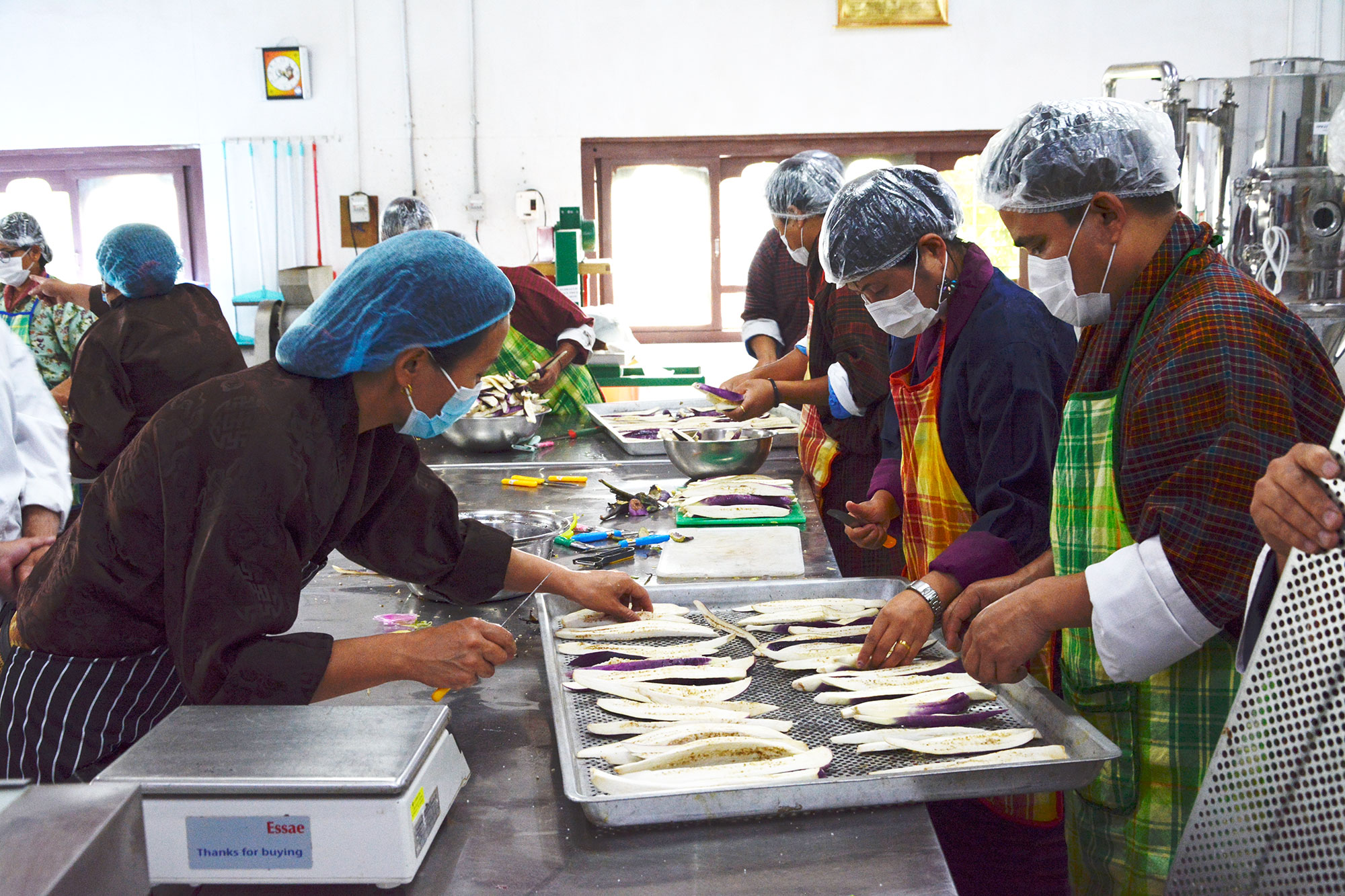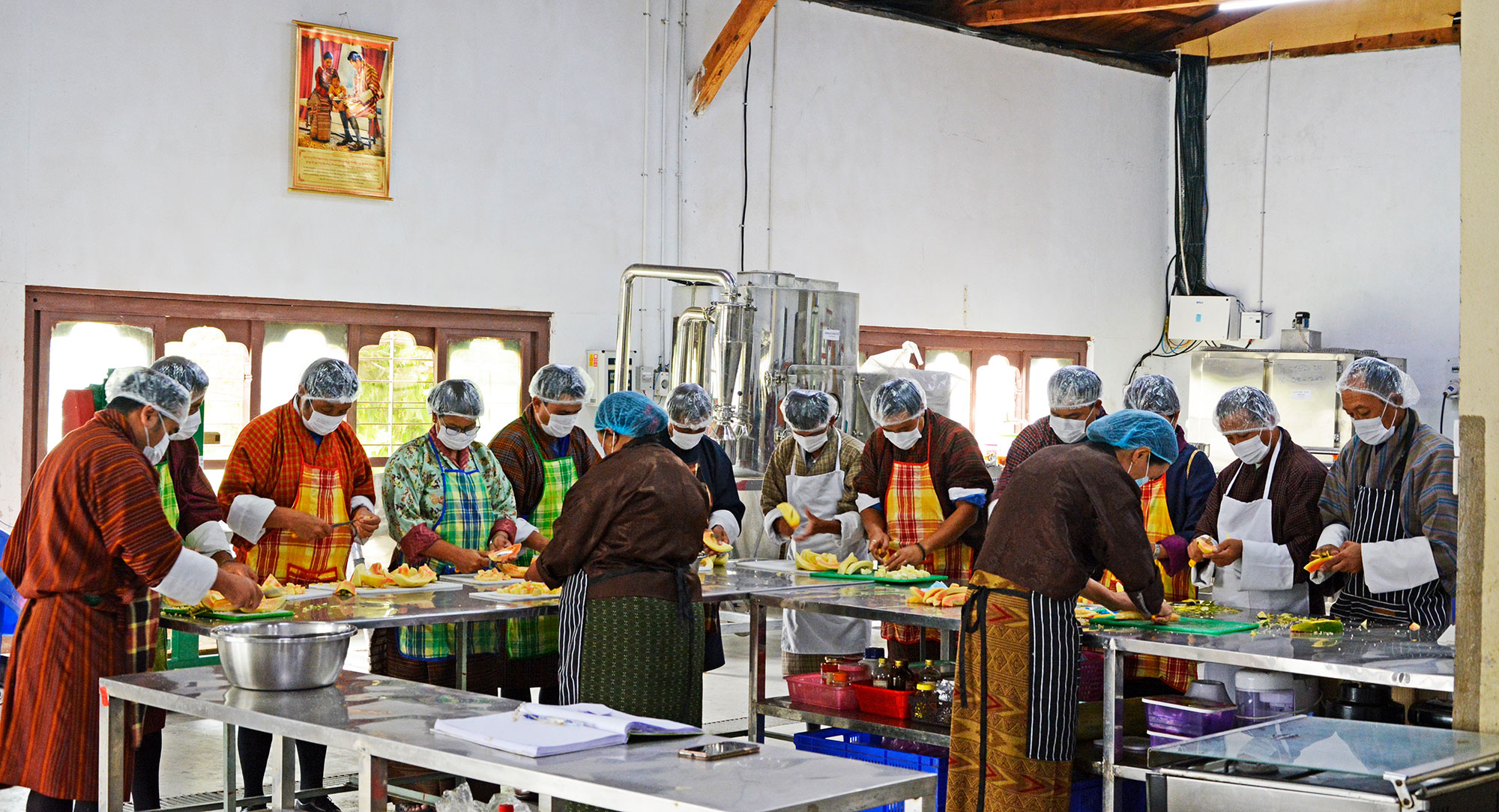Yangyel Lhaden
Along the riverbanks of Phochu, the elusive white-bellied heron (WBH) has long been a rare and cherished sight. According to Phuba Namgay, a local resident, spotting this magnificent bird has been a stroke of luck, occurring only once during spring and winter along the Phochu riverbanks.
However, a few years ago, an extraordinary event happened. Phuba Namgay discovered an active WBH nest nestled atop a towering pine tree in a forest known as Tshomen Tshay Sha.
The WBH, known for its solitary nature and sensitivity to human disturbances, had chosen this spot to rear its young. This year, Bhutan recorded 27 WBH across 14 of its habitats, four more compared to last year. This discovery marked a special moment as these birds are incredibly rare, with fewer than 60 individuals left in the entire world.
The presence of the WBH nest served as a reminder that even in the remotest corners of our planet, a profound connection exists between humans and the fragile ecosystems that sustain us all.
Regrettably, Phuba Namgay has not encountered an active nest since that discovery, leading him to believe that human interference may have disrupted the bird’s habitat.
Like many residents living in the WBH habitat, Phuba was initially unaware of the bird’s significance and the measures required to protect it. It was not until 2021 when the Royal Society for the Protection of Nature (RSPN) initiated the project titled “Developing Ecosystem-Based Solutions for Managing Biodiversity Landscapes in Bhutan” that local communities began receiving education about the WBH and the detrimental effects of human disturbances on the bird’s survival.

Agriculture extension officers and Tshogpas trained at Paro’s National Post Harvest Centre are now sharing their knowledge with local farmers
The project is supported by Germany’s Federal Ministry for the Environment, Nature Conversation and Nuclear Safety through International Climate Initiative and co-funded by MAVA Foundation in Switzerland.
Through this project, RSPN has been implementing an ecosystem-based approach that empowers local residents by enhancing their livelihoods and restoring critical habitats. This harmonious approach encourages communities to coexist with nature through sustainable practices, ultimately fostering a conservation-minded ethos.
The project encompasses 15 chiwogs in six dzongkhags, with the sites identified through an ESRAM study. Residents receive training in capacity building, pest control, processing, post-harvest techniques, and marketing, offering them a holistic understanding of sustainable living practices.
Phuba Namgay leads one of the local conservationist support groups (LCSG). He is proud that his community hosts the rare white-bellied heron, and the RSPN training has empowered him to become an advocate for bird conservation.
The agriculture extension officer of Toedwang Gewog, said, “The land in the gewog is highly fertile, offering abundant yields. However, due to its isolation and proximity to the forest, the area is susceptible to human-wildlife conflicts.”
Fortunately, this year, electric fences were provided through the project, offering residents a safer way to make a living from the land.
Phuba Namgay pointed out that activities like rafting, timber cutting, and seaweed harvesting have serious implications for the riverine ecosystem and the WBH’s habitat. He is advocating for reduced trips to the riverbanks to mitigate these impacts.
With the project’s support in the form of seeds and electric fences, along with increased awareness of the bird’s significance, Phuba Namgay is confident that his community is now more committed than ever to minimising disruption to the riverine ecosystem.
He is also working with LCSG members to request that timber extraction be disallowed in his chiwog and specific timing regulations be established for rafting.
Karma Wangchuk, project officer of RSPN, emphasised that the project’s approach is need-based, addressing specific community needs to improve livelihoods.“For instance, one chiwog faces human-wildlife conflict, another seeks marketing opportunities, and yet another wishes to explore fish farming.”
By fostering an understanding of their role in the ecosystem and advocating for bird conservation, people are willing participants. Karma Wangchuk noted that it’s not malicious intent but rather a lack of awareness that drives some of the harmful practices.
The project includes training sessions in 15 chiwogs on pest control, processing, and post-harvest techniques. Local residents engage in activities such as making pickles, learning food packaging, receiving guidance on weedicide and pesticides, and producing bio-char as organic fertilizer, among others.
One of the participants, Yangka Lhamo from Kaywana Tshachhuphu, was excited to learn how to make biochar. She, along with other village women, attempted to create it. Eventually, one of them called the AEO once again for further assistance.
Yangka said, “We don’t use chemicals on our fields, and from the training, I have learned that they are harmful not only to the river and soil but also to our health.”
Yangka Lhamo also serves as the accountant for the Human-Wildlife Conflict (HWC) fund, initiated with seed money from RSPN.
Sangay Dorji, a high school graduate from Goen-Shari, was introduced to the white-bellied heron in school through an art exhibition. “There was an art exhibition about it,” he recalled.
Despite initially using chemicals for weed control on his farm, Sangay has now embraced organic weed control methods and reduced chemical usage after attending the project’s training.
“WBH is rare, and the fact that Bhutan hosts more than half of its population, is fascinating to me. I am happy that my chiwog is one of its designated sites,” Sangay said. “If we practice sustainable approaches now, our bird researchers will have ample opportunities.”
Sangay’s village is situated along the Mochhu. “I hope that through our efforts, I can someday spot a WBH in Mochhu,” he added.


